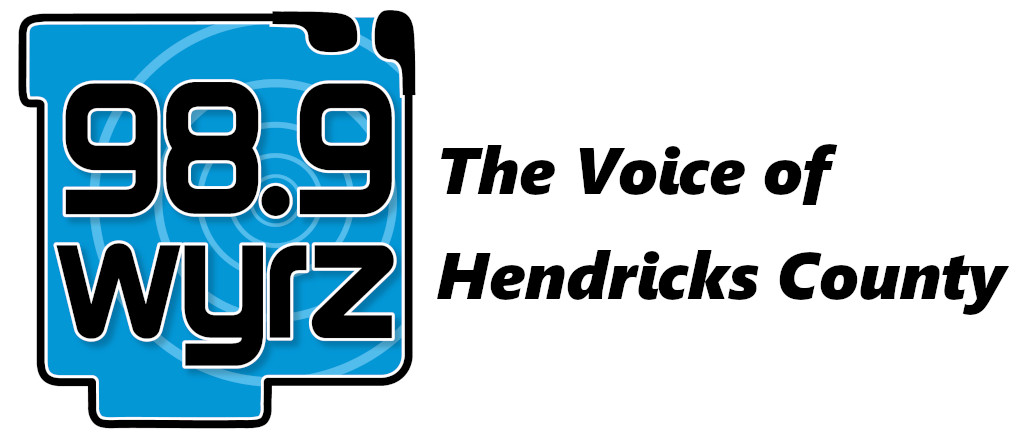INDIANAPOLIS (Oct. 12, 2017) – Improving water quality and soil health continues to be a priority for farmers statewide, and while data has always been available to support this claim, it hasn’t been accessible in one, easily navigable location. To address this issue, the Indiana State Department of Agriculture (ISDA), using information compiled by the Indiana Conservation Partnership (ICP), launched today an online story map, a one-stop shop for Indiana’s conservation efforts.
“All across the state, farmers, organizations and agencies are stepping up their efforts to conserve our soil and water resources, and it’s important that we not only tell that story, but also highlight where it’s working in Indiana,” said Melissa Rekeweg, ISDA interim director. “This new resource will allow us to do that more effectively.”
Located on the ISDA website, the interactive conservation story map organizes information by Indiana’s 10 main river and lake basins, which are then broken down by watershed. Each basin includes sections on water quality and soil health that encompass everything from total acres of cover crops planted to sediments prevented from entering Indiana’s waterways.
For example, according to the story map, more than 300 million pounds of sediment was reduced last year in the West Fork White River Basin. That’s enough sediment to fill 1,518 freight cars, which if placed end to end would stretch 14 miles. This information and much more can found by exploring the story map’s various tabs.
“These new story maps are an important tool in helping us tell the story of conservation efforts here in Indiana,” said Jane Hardisty, USDA’s Natural Resources Conservation Service State Conservationist. “They showcase the remarkable job that our partnership staff and farmers are accomplishing together to improve agricultural operations while helping the environment.”
In addition to historical and geographical information, the story map also showcases some of the voluntary conservation efforts currently taking place by the basin’s rural, urban and suburban residents, as well as organizations and initiatives operating locally. This might include landowners planting a filter strip, farmers building a two-stage ditch or a soil water conservation district hosting a field day, just to name a few.
Information on where the Indiana Department of Environmental Management (IDEM) conducts water quality monitoring throughout the state is also available, and farmers and conservationists can find basin-specific resources, tools and programs listed under the education tab.
“IDEM is proud to be a partner of the ICP and to share water quality data. By coming together with other like-minded organizations, IDEM is at the table to strengthen its stewardship goals,” said IDEM Commissioner, Bruno Pigott.
For more information, or to access the conservation story map, visit www.isda.in.gov/2991.htm.
 WYRZ.org 98.9 WYRZ – The Voice of Hendricks County
WYRZ.org 98.9 WYRZ – The Voice of Hendricks County




